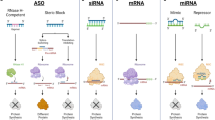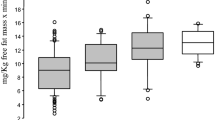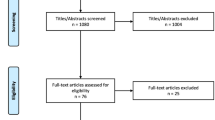Abstract
The influence of tamoxifen on plasma lipids and lipoproteins was monitored in 46 postmenopausal and 8 premenopausal women treated for advanced breast cancer up till 6 months. Total cholesterol (total-C) did not significantly change. However, high density lipoprotein cholesterol (HDL-C) and the HDL-C/total-C ratio rose significantly. Low density lipoprotein cholesterol was significantly decreased. Triglycerides and free fatty acids did not change markedly. The concomitant rise of sex hormone binding globulin and thyroxine binding globulin indicates that the increase of HDL-C with prolonged use of tamoxifen is compatible with an intrinsic oestrogenic effect of tamoxifen on the liver. The increased HDL-C/total-C ratio lends no support to the concern that long-term administration of this anti-oestrogenic drug might lead to an increased cardiovascular risk.
Similar content being viewed by others
Author information
Authors and Affiliations
Rights and permissions
About this article
Cite this article
Bruning, P., Bonfrer, J., Hart, A. et al. Tamoxifen, serum lipoproteins and cardiovascular risk. Br J Cancer 58, 497–499 (1988). https://doi.org/10.1038/bjc.1988.248
Issue Date:
DOI: https://doi.org/10.1038/bjc.1988.248
- Springer Nature Limited
This article is cited by
-
Diabetes mellitus in breast cancer survivors: metabolic effects of endocrine therapy
Nature Reviews Endocrinology (2024)
-
A case of tamoxifen-induced hypertriglyceridemia monitoring the changes in lipoprotein fractions over time
BMC Endocrine Disorders (2021)
-
Circulating hormones and breast cancer risk in premenopausal women: a randomized trial of low-dose tamoxifen and fenretinide
Breast Cancer Research and Treatment (2013)
-
Association of genetic variation in tamoxifen-metabolizing enzymes with overall survival and recurrence of disease in breast cancer patients
Breast Cancer Research and Treatment (2005)
-
Peritoneal carcinoma in women with genetic susceptibility: implications for Jewish populations
Familial Cancer (2004)




